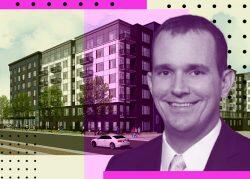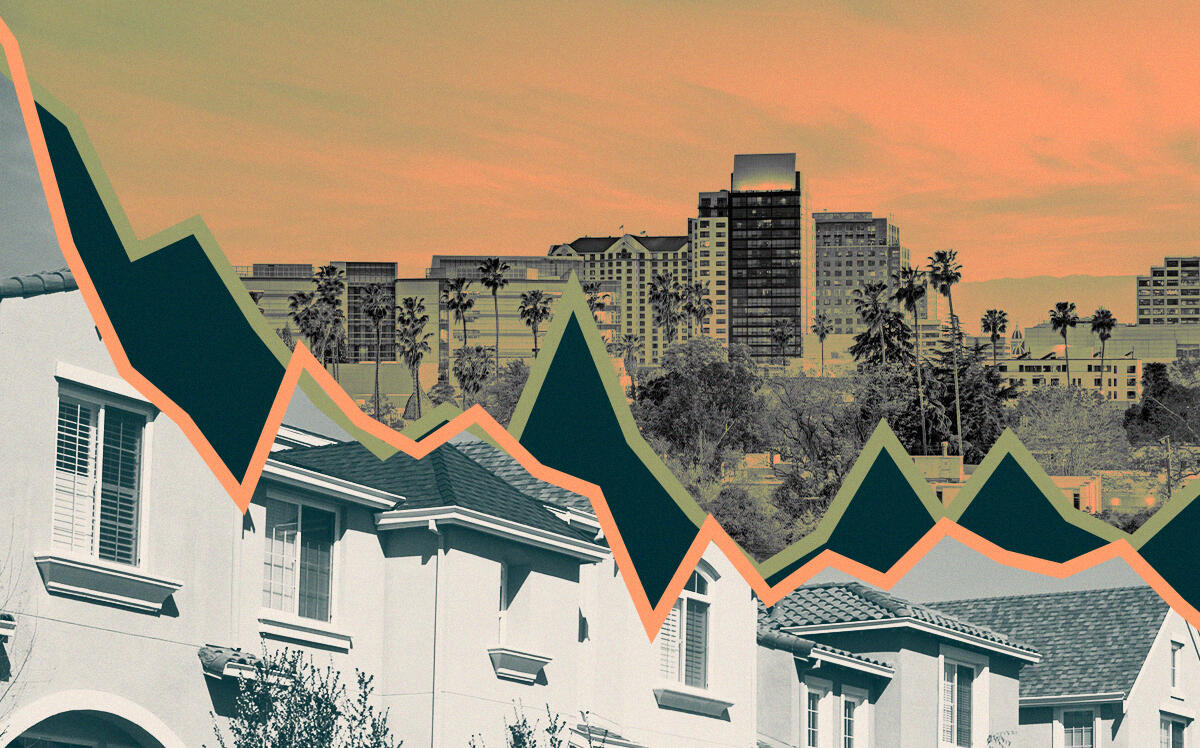In a nation of rising housing prices, San Jose is an exception.
The city’s home sale prices in May went down by 0.5 percent from a year ago — not a large drop, but the largest in the nation, where double-digit gains remain typical, according to a new report.
Northern California’s largest city by population, with just under 1 million residents, is one of only a handful of markets in which home prices have come off their peaks this year, the report by mortgage data firm Black Knight said.
All of those pullbacks, including in San Jose, have been modest, Black Knight’s numbers show. The firm uses a repeat sales index based on public records.
California’s markets have generally experienced the strongest cooling in annual home price growth this year, as the state’s 10 major core-based statistical areas — regions with at least one urban cluster of at least 10,000 people, such as San Francisco, San Jose and Los Angeles — have had price gains decelerate by between 3 and 6 percentage points, the report said.
Read more

Despite the dip, San Jose remains one of the nation’s least affordable housing markets. An average-priced home in the city requires monthly payments equal to 68 percent of the median household income, according to Black Knight. That’s a record high for San Jose and a third more than what it was between 1995 and 2003.
Only Los Angeles, where an average-priced home requires monthly payments equal to 73 percent of the median household income, is more unaffordable, the data show.
The decline in housing prices comes as the number of homes for sale in San Jose increased 23 percent in May from the year before, with an almost $1.5 million median price tag that was up 15 percent during that time.
Last month, the Federal Reserve raised interest rates three-quarters of a percentage point, increasing the benchmark funds rate to a range of 1.5 percent to 1.75 percent. It was the Fed’s most aggressive hike in almost two decades, CNBC reported in June.
That, combined with an easing of the inventory shortage of for-sale homes in San Jose, could help explain the modest pullback in sale prices that the city has experienced in recent months. After starting the year with a 50 percent shortage in active listings, San Jose’s inventory deficit is now down to 7 percent, according to Black Knight data
Other West Coast markets such as San Francisco and Seattle are also experiencing improvement in the number of listings, favoring buyers. That bodes well for Bay Area tech workers being called back to their offices.
Those markets will be worth watching in the coming months to see how prices react to more balanced supply and demand, Black Knight’s report said.
